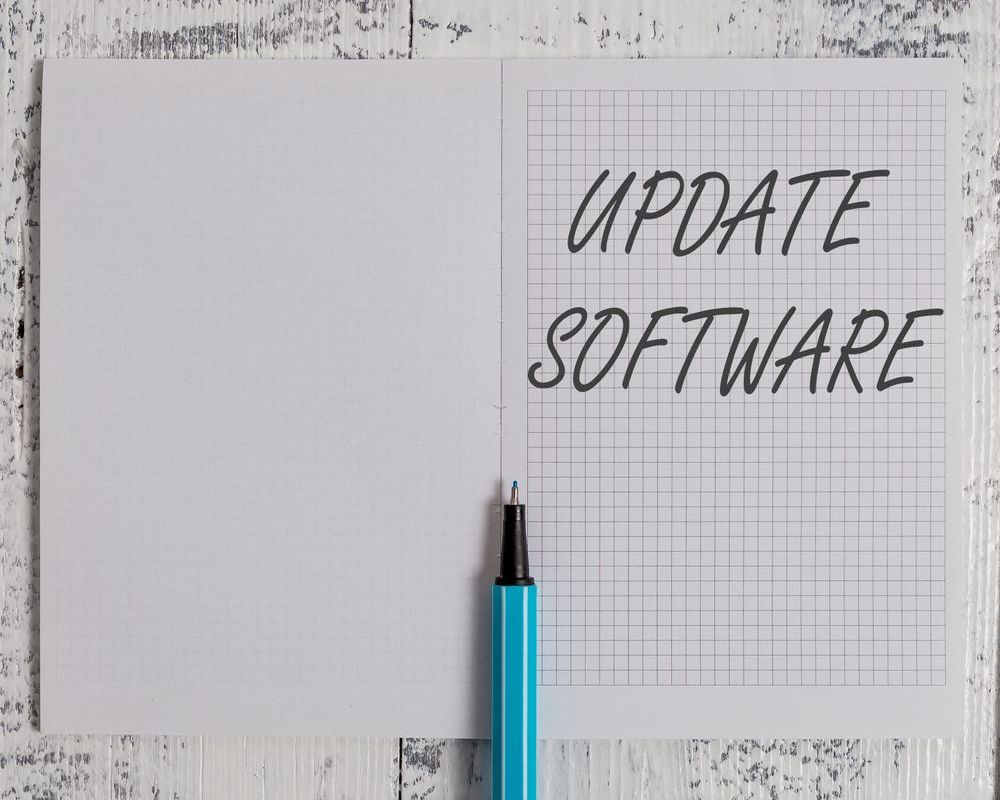Blog Post
Solving the Lead Time Challenge in ETO
AJ Ansari • Mar 01, 2024
The world of engineer-to-order (ETO) manufacturing has distinct challenges when it comes to fulfilling customer expectations. Sales people need to give customers expected delivery dates for their products, but the nature of from-scratch design and the complex, multi-layered project management involved in ETO makes this difficult—sometimes impossible. Providing accurate lead times is a constant thorn in the side of ETO, but there are ways to achieve it.
In this blog, we examine this unique hurdle for ETO manufacturers, and we reveal how the right technology and expertise can help you jump it with ease.
The Lead Time Challenge
ETO manufacturers are in the business of making things from scratch. With no template for any given project, engineers are conceptualizing, designing, and manufacturing completely new solutions with completely new parts. You have no existing inventory to work with, no pre-determined design ideas, and no blueprints. And you rarely reuse parts or leverage scraps because each job is unique from one to the next.
Not only do you have to design and create everything from the ground up, your team has to establish manufacturing processes to accommodate these new projects every time. With each project, you’re developing the production flow for new engineering and manufacturing requirements. Sure, you might have common methods to follow, but they’ll always need tweaking. The nature of this from-scratch approach for every ETO project presents a big obstacle for estimating lead time. The ETO model doesn’t lend itself to accurately forecasting a product delivery date.
So, what are sales folks supposed to do when a customer asks for a deadline?
The Solution Lies in Communication Across the Value Chain
Microsoft Dynamics Business Central attempts to solve this problem with a functionality called “Available-to-Promise” where a sales person can see when a product could become available to a customer. In a non-ETO business model, your product’s parts are in your inventory, and this feature allows the sales team to forecast how long it will take to put a pre-conceived product—with existing parts—together for delivery to the customer. But this functionality does not account for ETO’s challenge in that the parts have not been designed yet. It’s not possible to determine when a product might become available to a customer if the parts of the product haven’t been generated, let alone designed—making this Business Central functionality unhelpful to ETO.
This is where DSWi steps in with decades of ETO experience and knowledge of Business Central extensions to help ETO companies use software to manage projects and lead time. We have deep expertise in software extensions that enable ETO manufacturers to fill in gaps in Business Central so they can share data about projects across the value chain—from sales people to engineers to supply chain manufacturers. Sharing data and communicating across this stream of stakeholders enables sales reps to provide realistic expectations to customers. It also keeps members of the value chain in touch about timelines and requirements so you don’t run into a rushed deadline where product quality suffers.
Keep Customers Happier with DSWi for ETO
DSWi’s ETO experts make software recommendations for your business that address your unique project management needs within your budget. When you work with us, you get tools for accurately forecasting lead time to support stronger sales and happier customers. We’ll even show you how it’s possible to clearly see revenue as you progress through a job. Get in touch with DSWi today to learn more.
Share
Tweet
Share
Mail
Sign Up for Email Updates
Thank you for signing up for email updates!
Oops, there was an error sending your message.
Please try again later
Please try again later
© 2024
All Rights Reserved | DSWi














